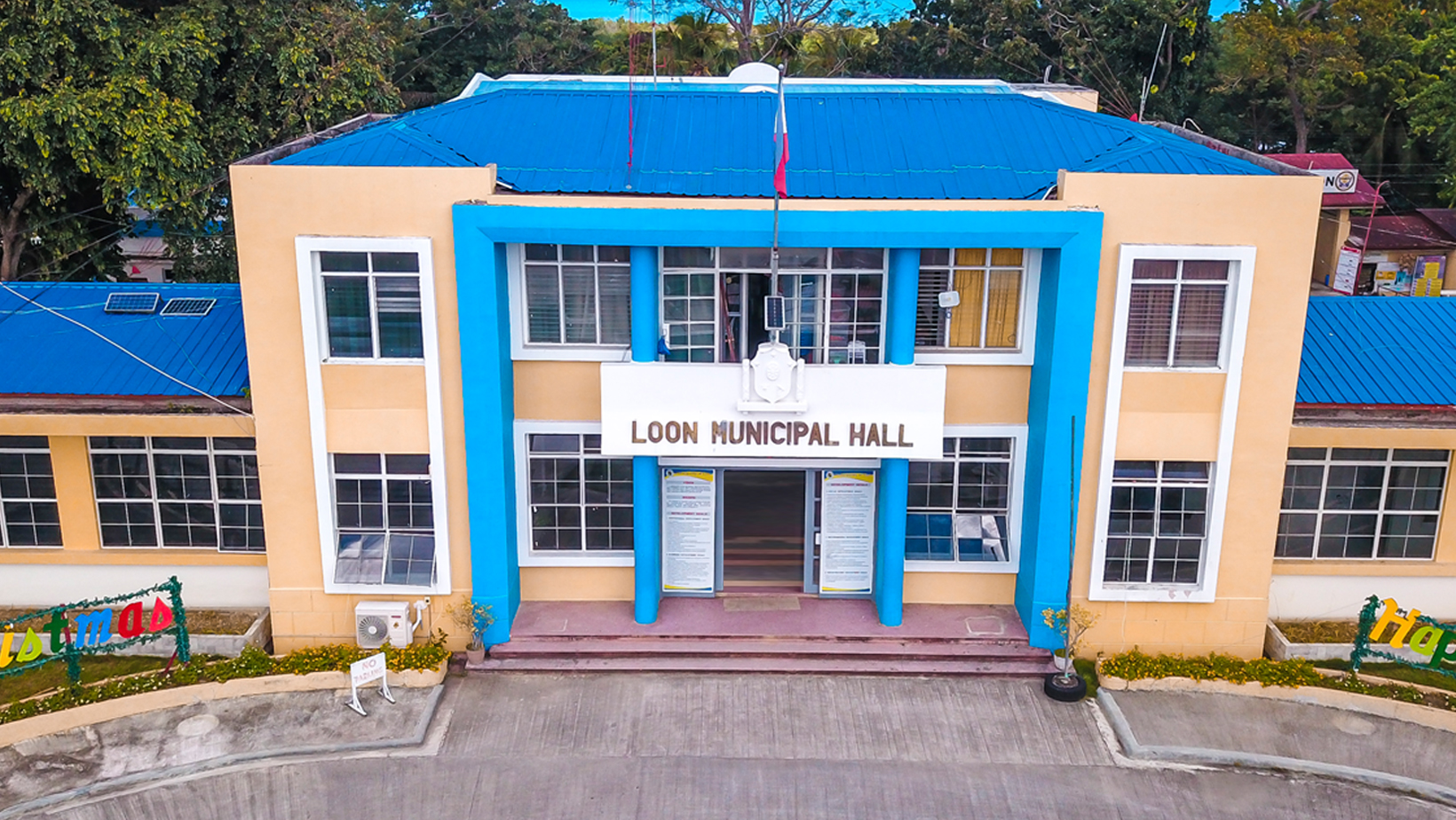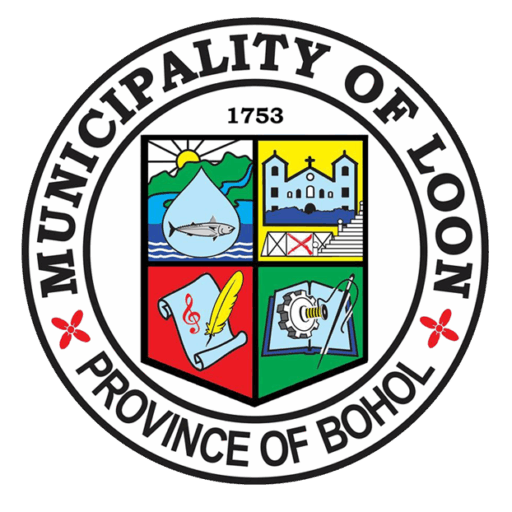
Loon, a town named after the merging of spring and salt waters (lo-on), is deemed to have been founded in the year 1610, although, due to a dearth of official documents, its definite founding date is never known. It was only until the Jesuit missionaries set foot on the shores of Napo when they were converted into a Christian community, erecting the Nuestra Señora de la Luz parish on the 22nd of June 1753, the official founding date of Loon, in the process.
For roughly 15 years, the Jesuits led the Napoanons before the Recollect missionaries took charge in October 1768. The following years has been a subject of naval dispute and consistent pirate attacks along the shores of Napo which led the friars to reconstruct the church on the higher grounds of Moto, giving birth to the stone church we know today, albeit with a few, yet notable modifications. The church also served as a fortress equipped with canons which was fully erected in 1770 in defense against the Moro raiders.
The stretch of the centuries allowed Loon to house over 70 parish priests since 1753, all contributing to the town’s growth in one way or another. The past years nurtured the Nuestra Señora de la Luz parish to maturity, giving birth to five more Catholic churches- the Nuestra Señora de la Paz Y Buen Viaje being the newest one which was established in the year 2000. Loon, as a community, has been around for over 400 years and has cradled countless exceptional individuals, citizens and leaders alike. It was only in 1810, however, when the first town executive, Tomas Sevilla assumed into office- a full 200 years after the emergence of the Napoanon community in 1610. Towards the end of the 19th century, the Americans laid waste to Loon by setting it on fire in an attempt to discipline the reluctant natives, who, in the form of local guerilla forces, tried to oppose the imminent subsequent phase of colonization. In the year 1900, an American engineer paid Loon a visit and described it as a progressive town richly adorned with coconut, corn, and tobacco plantations all nurtured by this fertile plateau. Additionally, the town’s imposing structure, the lively children on their way to school, the well-kept environment, the prosperous community in general, and the spring gushing out of the cave to be one with the sea with which the name Loon was coined, did not escape his keen observation as well. In 1903, an official count of the nationwide population was conducted where the data showed that the population of Loon was fairly large even when compared to the likes of Tagbilaran City and its neighboring towns. Fast forward to the times of the Japanese occupation, particularly on 27th of September, 1942, the Moalong bridge, located north of Loon, became a witness of a historic feat where an ambush deemed as the most successful one thus far, was successfully commenced against the Japanese imperial forces. The ambush was later known as the famed Battle of Moalong which is now annually commemorated since 2001. The guerillas responsible for such feat were led by Vicente T. Cubero, better known as Captain Francisco Salazar, who, accordingly, was a native of Barangay Pondol. It was said that Cubero was brought to Bohol by one Juan “Aning” Relampagos, a former member of the United States Armed Forces, who later became one of the long line of the town’s Municipal Mayors, and a member of the provincial board. The war exploits of Captain Salazar were later featured in a book titled “Boholano Guerillas in Action” by Pio B. Ferandos, a former Cebu RTC judge who also became a mayor of the town. The town of Loon has indeed come a long way since it was first founded as a community along the peaceful coast of Napo. It had already tasted its fair share of peace and wars, braved and enjoyed a number of chaos and order, and had seen the death of thousands up close, and yet, it still cradled countless more into greatness through the years. Celebrating its 272nd founding anniversary next year, one can say that Loon was not built in a day indeed. What is for certain, however, is that the once peaceful community has now become a buzzling town of unprecedented growth; a promising future lying up ahead. Be that as it may, an undeniable fascinating history, despite being dusted already in the farthest corners of time, is still clearly carved and preserved, not just in the tangible local heritages, but more importantly, in the Loonanon’s way of life. “Loon Madanihon”, the townsfolks claim this place to be. With the richness of its history and culture, together with its awe-inspiring heritages and attractions all laid bare before everyone’s gazes, who has the audacity to argue? Location and Geography Located 28 kilometers north of Tagbilaran City, approximately halfway between the province’s capital and Tubigon, Loon lies filled with cultural sites, local attractions, and abundant livelihood. From both municipalities, the town is approximately 40 minutes and 40 pesos away, accessible through public utility buses, jeepneys, and some vans-for-hire that frequently ply the north–south route. Loon has one provincial secondary port and six fishing ports; the former being converted into the Loon Bohol International Cruise Ship Port currently serving the Loon- Argao route. Loon is a fertile land mass surrounded by natural waters which support the locals’ main livelihoods- farming and fishing. Having a relatively rolling topography consisting of moderate hills, rolling plains, sparse plateaus interspersed with valleys, and some ravines, the town has housed a total of 44,224 inhabitants as of May 1, 2020.

